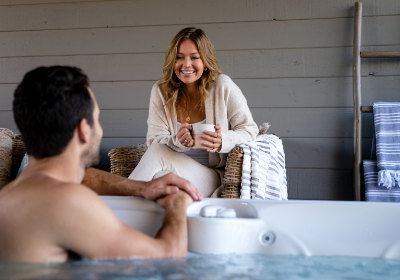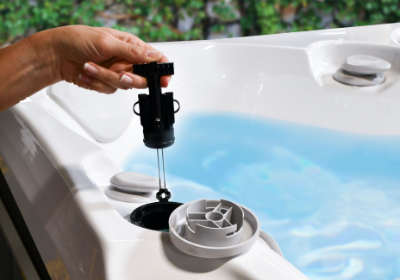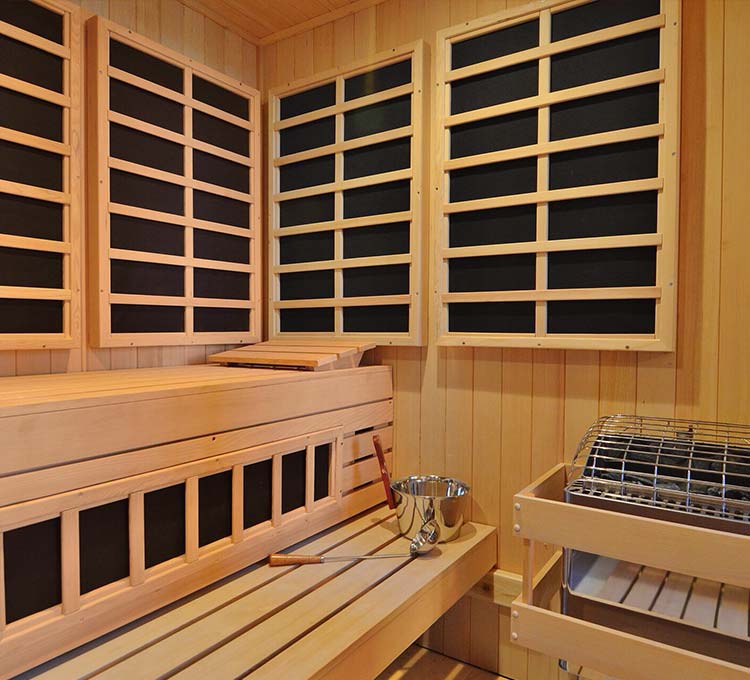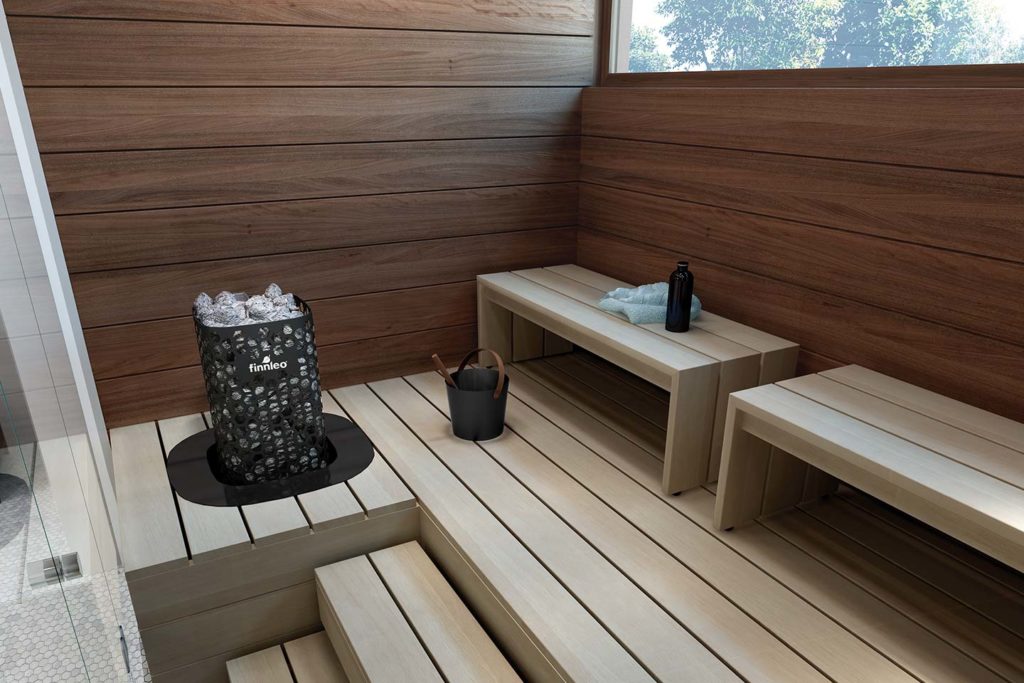If you read about the many impressive sauna advantages of owning a 24/7 accessible wellness oasis and its many amazing health benefits, you may still be curious about how a sauna works and the components that provide sauna therapy. Let’s get started.
How Does A Sauna Work?
Saunas are a heated, enclosed, wood-lined room with different options for benches, seating, design, and capacity. The intense heat provides what has been called, “a bath from the inside out.” This heat encourages detoxifying perspiration, relief from aches and pains, and deep relaxation among many other health benefits.
Before we get into the common components that are universal across all saunas, it’s important to note the distinction between the two different types of sauna technology, traditional and infrared, captured concisely below:
If you enjoy steam in the sauna, higher temperatures, and a more social environment, then a traditional sauna may be the best sauna for you.
These saunas can be indoor or outdoor. Here are some other quick facts about traditional saunas:
- The median temperature is between 185-190 degrees Fahrenheit
- Traditional saunas heat the air to heat the body
- Heat and humidity: Very dry until water is sprinkled over hot rocks. Both temperature and humidity are adjustable (by adding water to rocks); you can also incorporate essential oils into the water for aromatherapy.
- It requires 30-40 minutes to preheat rocks before use
- Proper ventilation will be required
- Bathers enjoy 10-15 minutes – optimal time for use
If you prefer lower temperatures but with body-penetrating heat, an infrared sauna may be your best sauna choice.
These saunas are designed only for indoor use. Here are some other quick facts about infrared saunas:
- Optimum temperature is between 125-130 degrees Fahrenheit
- Infrared saunas directly heat your body. The infrared energy penetrates the body and raises the core temperature – activating a more pronounced sweating. The EMR (electromagnetic radiation) and EF (electrical field) on some models that utilize certain types of technology are lower than the ambient in your home. The EMR and EF levels are far below even Sweden’s toughest radiation standards.
- Heat and humidity: Relatively dry with average humidity. Temperature is controllable; humidity is not.
- No pre-heat time required
- Since water isn’t used with an infrared sauna, there’s no concern about ventilation. It’s a completely dry heat that maxes out at 150 degrees.
- 10-15 minutes is optimal time for use, but bathers often stay 25-30 minutes (due to lower temperatures).
Basic Sauna Components
Want to Learn More About Becoming A Sauna Owner?
At Mainely Tubs, we’d love to work with you on the next steps of helping you find the sauna that is exactly right for you! From initial consideration, to sauna comparisons, to delivery day, we are here for you throughout the entire process. When you are ready, give us a call, email us, or drop in our showrooms in Scarborough, Maine or Rye, New Hampshire. We’re always happy to help you make the first steps to becoming a new sauna owner!
About Mainely Tubs in Maine, New Hampshire, Massachusetts, and Rhode Island
Mainely Tubs is a 100% Employee Owned premier Hot Spring Spas dealer. We sell and service new hot tubs, used hot tubs, portable spas, swim spas, saunas, cold plunges, hot tub accessories, hot tub water care, and more. Our Brands Include: Hot Spring Spas, Caldera Spas, Freeflow Spas, Endless Pools Swim Spas, Finnleo Saunas, Covana, Leisure Time, Fresh Water, Silk Balance, and other brands you can trust.

Related Sauna Articles

Common Sauna Types: Two Different Ways to Bring Relaxing Heat
Did you know there are two main types of saunas? There is no such thing as the “better” sauna, but instead, it’s all about finding the “best” sauna for you.
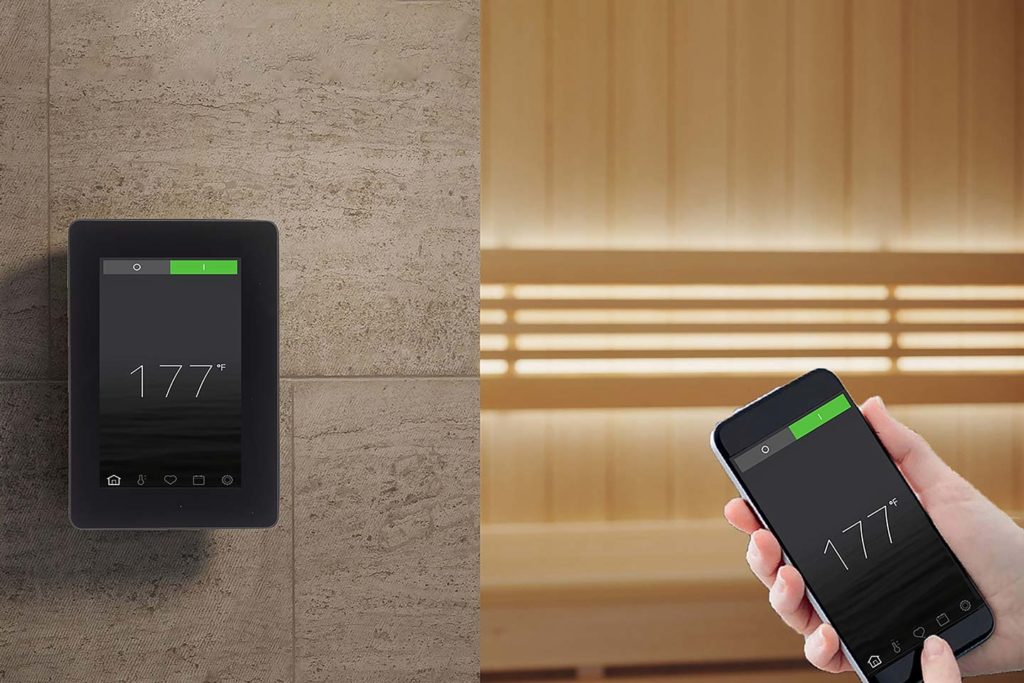
6 Key Benefits of Having A Home Sauna
A sauna is possibly one of the best investments that you can make for your physical and mental wellbeing. Here’s just a handful of the home sauna benefits.
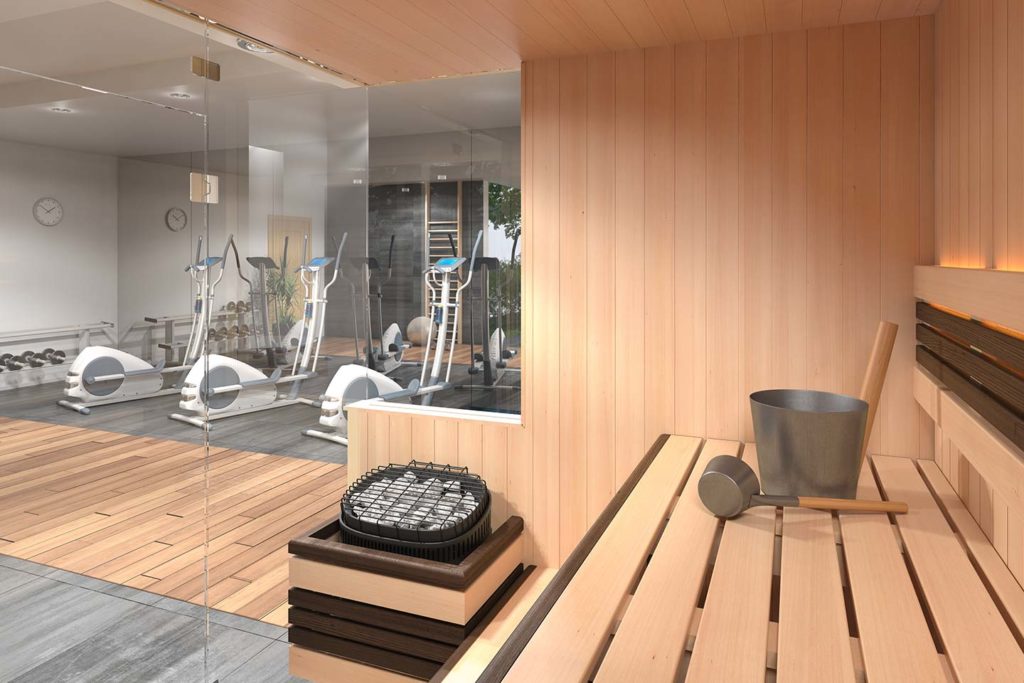
Top 10 Sauna Health Benefits
The full scope of health benefits that your at-home sauna can bring to you is nothing short of amazing. Ready to be amazed? Start right here!

Download the Sauna Buyer’s Guide
Here’s Everything You Need to Know!
We’ve pulled together information about all things sauna. If you have questions, you’ll find the answers here. Get your free guide now!


